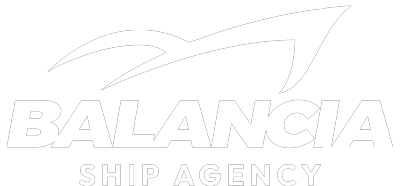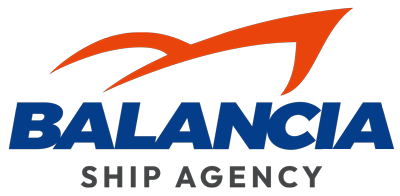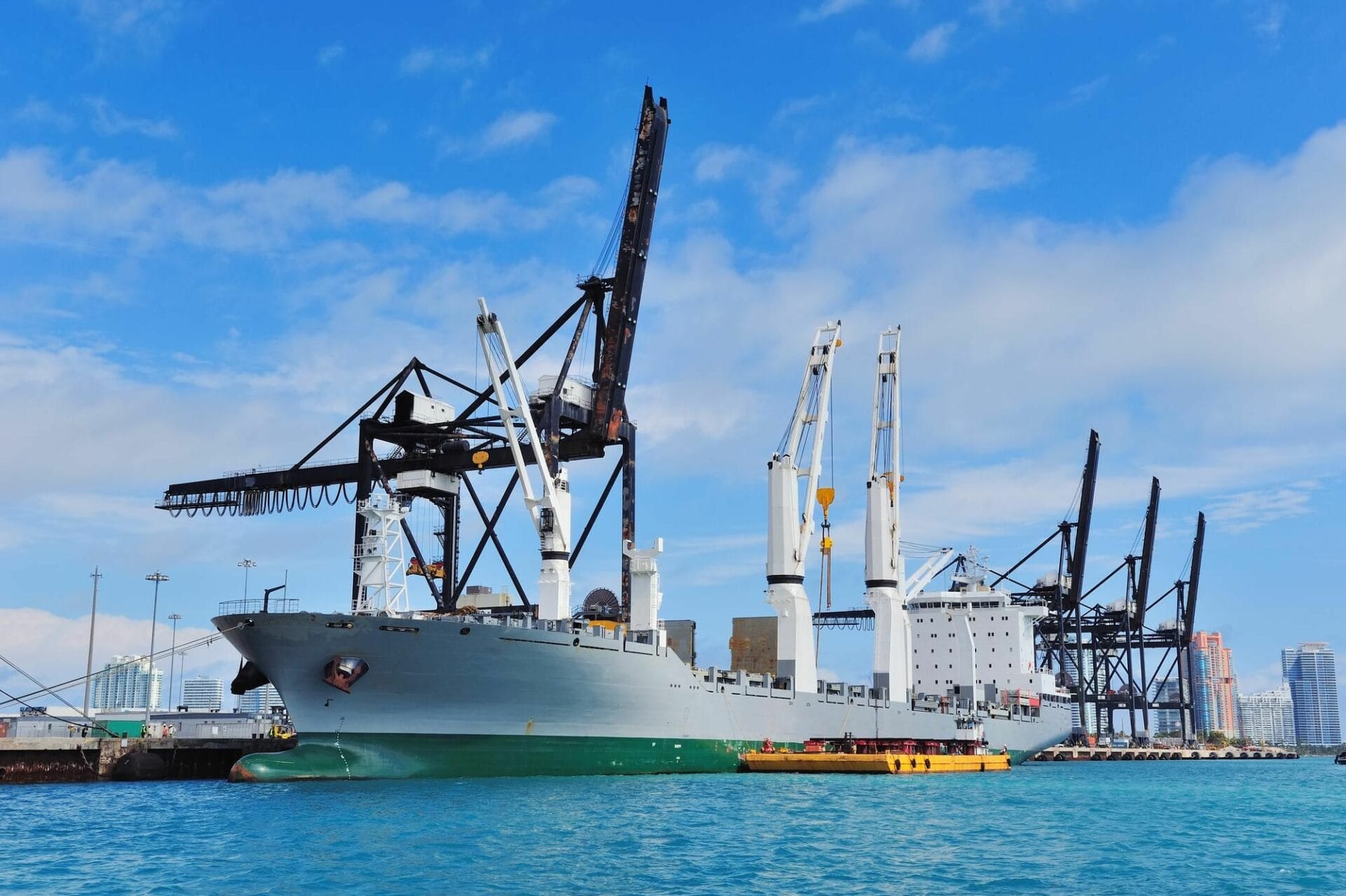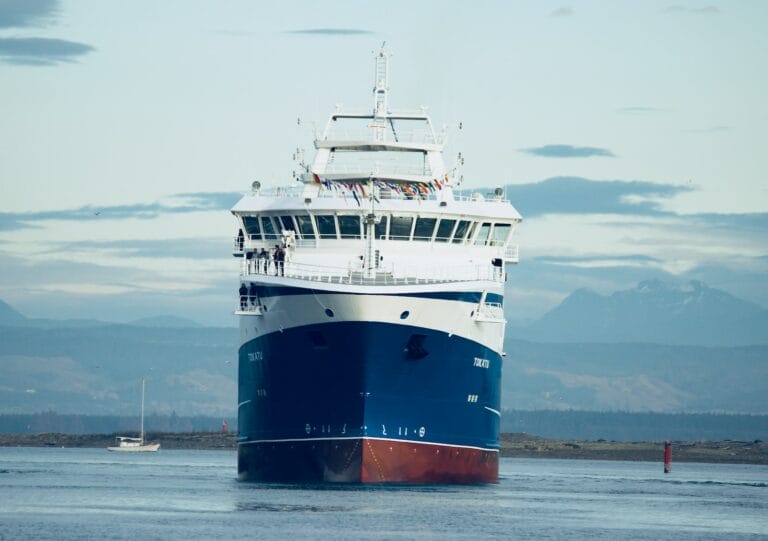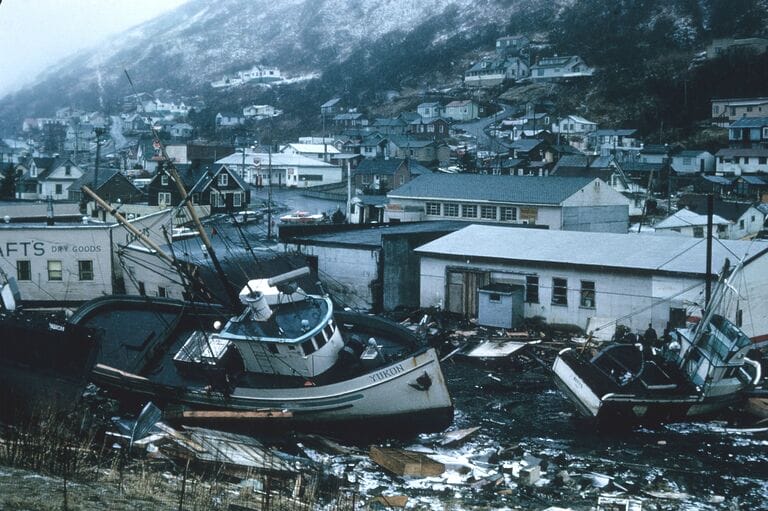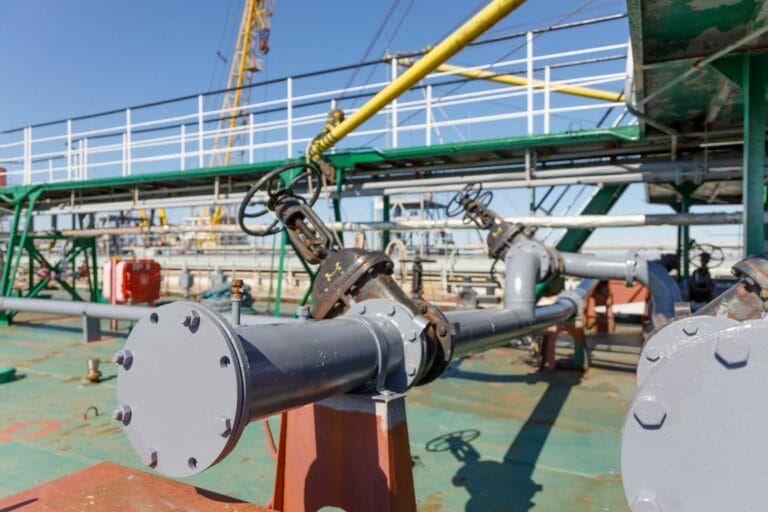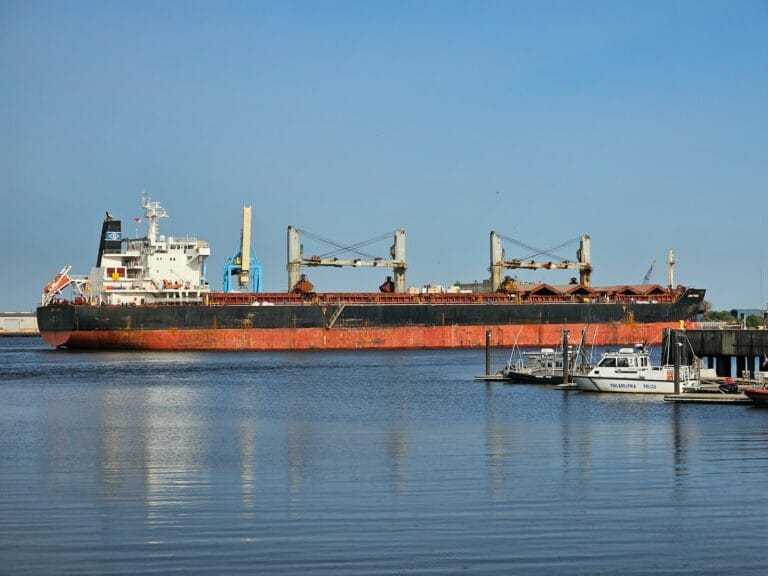Parametric Rolling
Rolling and pitching are integral components of the motion experienced by every ship navigating the open sea. When the term “Parametric rolling” is mentioned, it immediately brings to mind a specific form of rolling motion encountered by ships.
Rolling and pitching are indeed common movements that occur in various types of ships as a natural phenomenon. However, what sets “Parametric rolling” apart is that it is a specific type of motion observed exclusively in container ships. This distinctive form of rolling occurs due to the interaction between the ship’s cargo, the vessel’s natural frequency, and the wave dynamics. Hence, Parametric rolling is a phenomenon unique to container ships, distinguishing it from the more general rolling and pitching experienced by all ships.
Parametric Rolling factors
Parametric Rolling can be attributed to several factors. One significant cause is the significant increase in the size of container ships, with companies aiming for larger vessels such as Maersk’s Triple-E Vessels. These new-generation container ships feature a pronounced bow flare and wide beams to minimize frictional resistance when the ship’s fore-end moves through the water, ensuring a streamlined hull.
During the ship’s motion, as the wave crest progresses along the hull, the bow experiences immersion in the wave crest, causing it to descend. This alteration in the ship’s position leads to variations in stability, specifically the metacentric height (GM), due to the ship’s rolling and pitching movements. The combined forces of buoyancy and wave excitation then exert a lateral force on the ship, pushing it towards the opposite side and contributing to the occurrence of parametric rolling.
Parametric rolling can have various effects, including:
- Intense Stresses on Ship Structure
The occurrence of parametric rolling places heavy stresses on the fore and aft parts of the ship’s structure. These increased stresses can potentially lead to structural damage if not properly managed. - Container Damage and Loss
The extreme stresses experienced during parametric rolling can cause failures in the container and its securing system. This can result in damage to the containers and even lead to their loss overboard, impacting cargo and posing safety risks. - Crew Discomfort
Parametric rolling creates an uncomfortable environment for the crew onboard the ship. The unpredictable and amplified rolling motion can cause discomfort, fatigue, and potential risks to crew members’ well-being. - Variation in Propulsion Engine Load
The irregular rolling motion of the ship affects the load distribution on the propulsion engine. This variation in load can potentially impact the engine’s performance, efficiency, and overall operation. - Risk of Capsizing
If not promptly addressed and controlled, parametric rolling has the potential to lead to the capsizing of the ship. The repeated and severe rolling motions can destabilize the vessel, making it vulnerable to capsizing, thereby endangering the crew, cargo, and the ship itself.
These effects highlight the critical importance of understanding, mitigating, and managing parametric rolling to ensure the safety and stability of container ships.
In the event of experiencing parametric rolling on a ship, it is important to follow the appropriate actions:
- Stay Calm
It is crucial to remain calm and composed during such situations. Panicking can hinder effective decision-making and response. - Avoid Head-On Seas
If rolling and pitching are happening concurrently, it is advisable to steer clear of a head-on sea. Changing the ship’s route can help mitigate the effects of parametric rolling. - Maintain Proper GM
Ensure that the ship maintains a correct GM (metacentric height). The GM should be neither too tender (low) nor too stiff (high). This helps maintain stability and reduces the likelihood of parametric rolling. - Implement Roll Damping Measures
Act promptly to utilize roll damping measures. These measures can include deploying devices or systems designed to dampen or reduce the rolling motion of the ship. Implementing such measures quickly can help stabilize the vessel and counteract the effects of parametric rolling.
It is crucial for the crew and officers onboard to be trained and knowledgeable about parametric rolling and its potential implications. Regular drills and familiarization with emergency procedures specific to parametric rolling can greatly enhance preparedness and response capabilities.
Need Help At Sea ? Contact Us Now!
BALANCIA SHIP AGENCY
HQ Address : Komplex Ruko Golden City Block C No.3A, Batam City, Indonesia 29432
www.balancia.co.id
Mobile Ph. : +628112929654
Office Ph. : +627784883769
